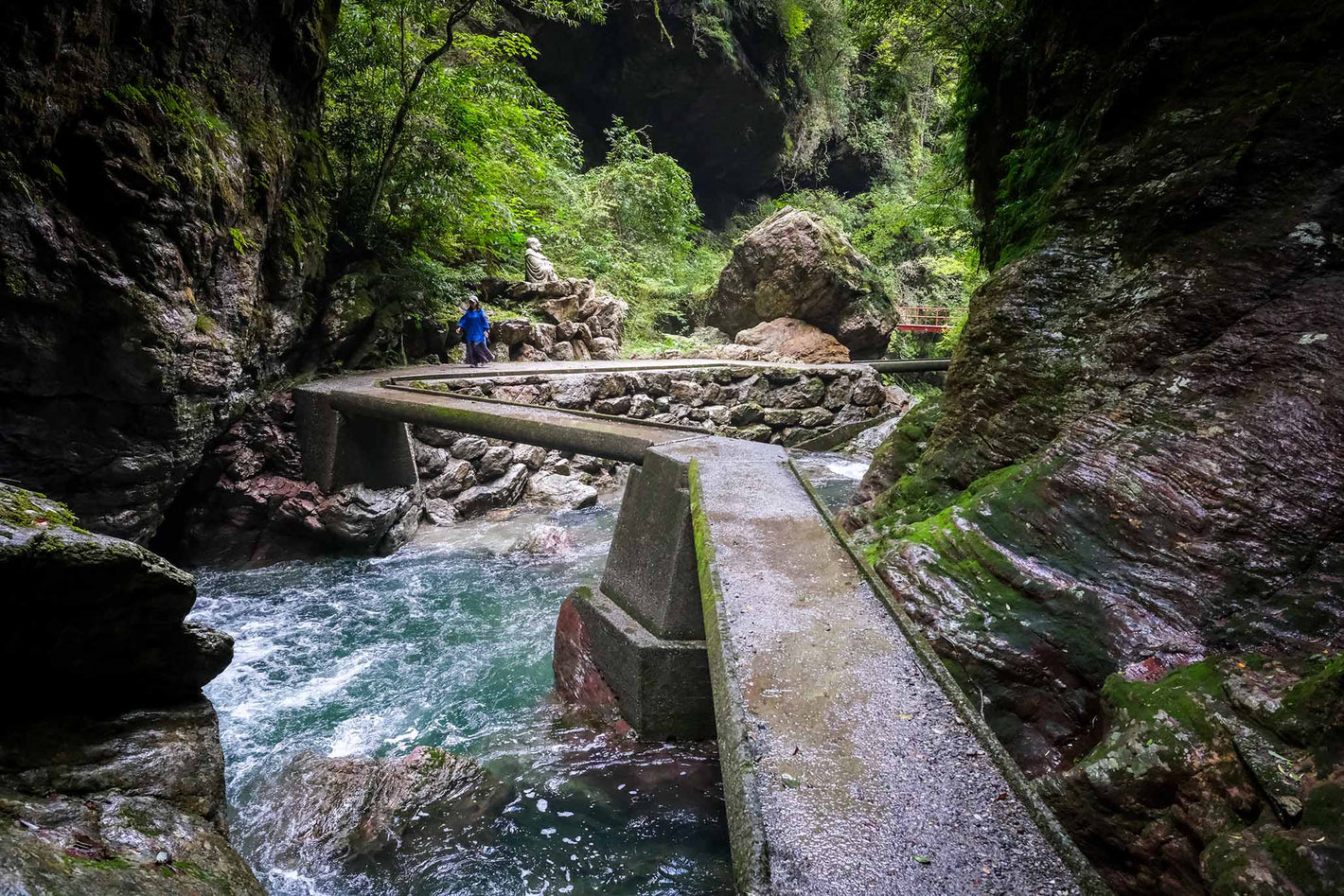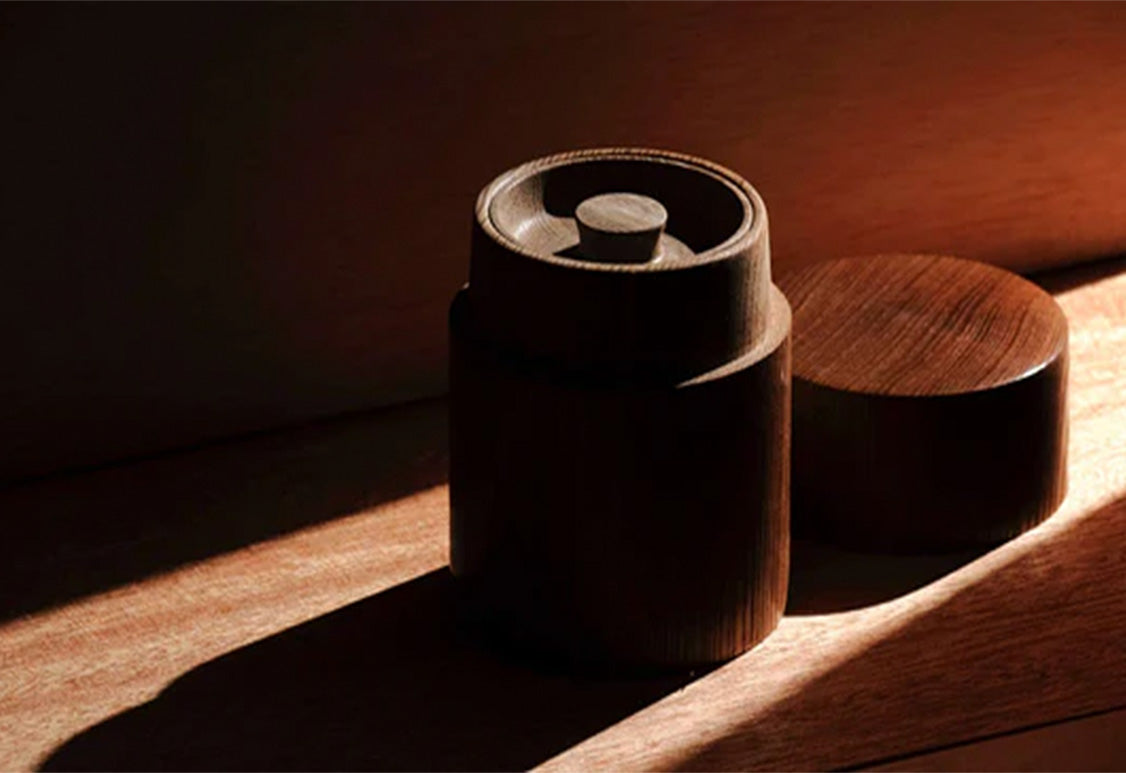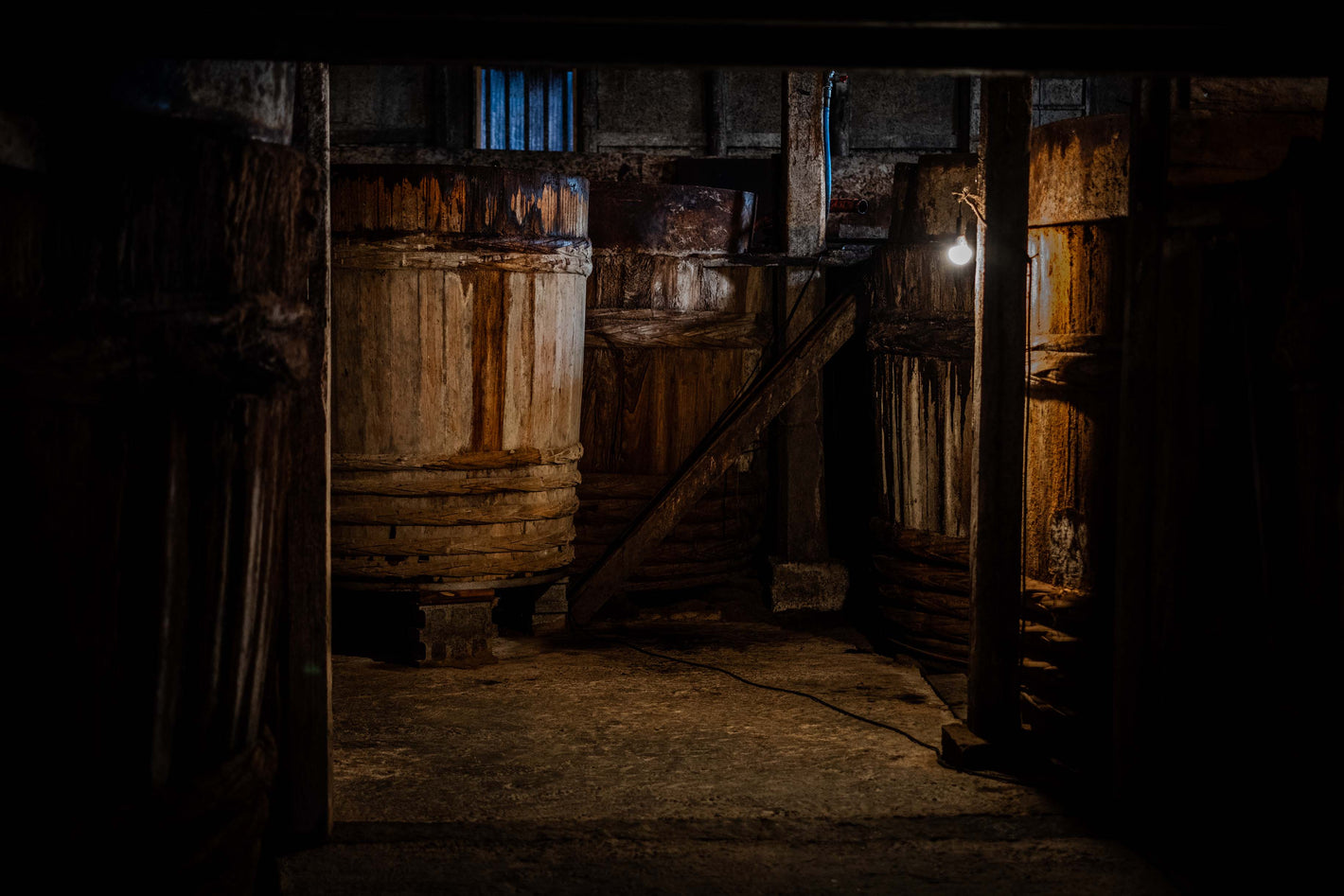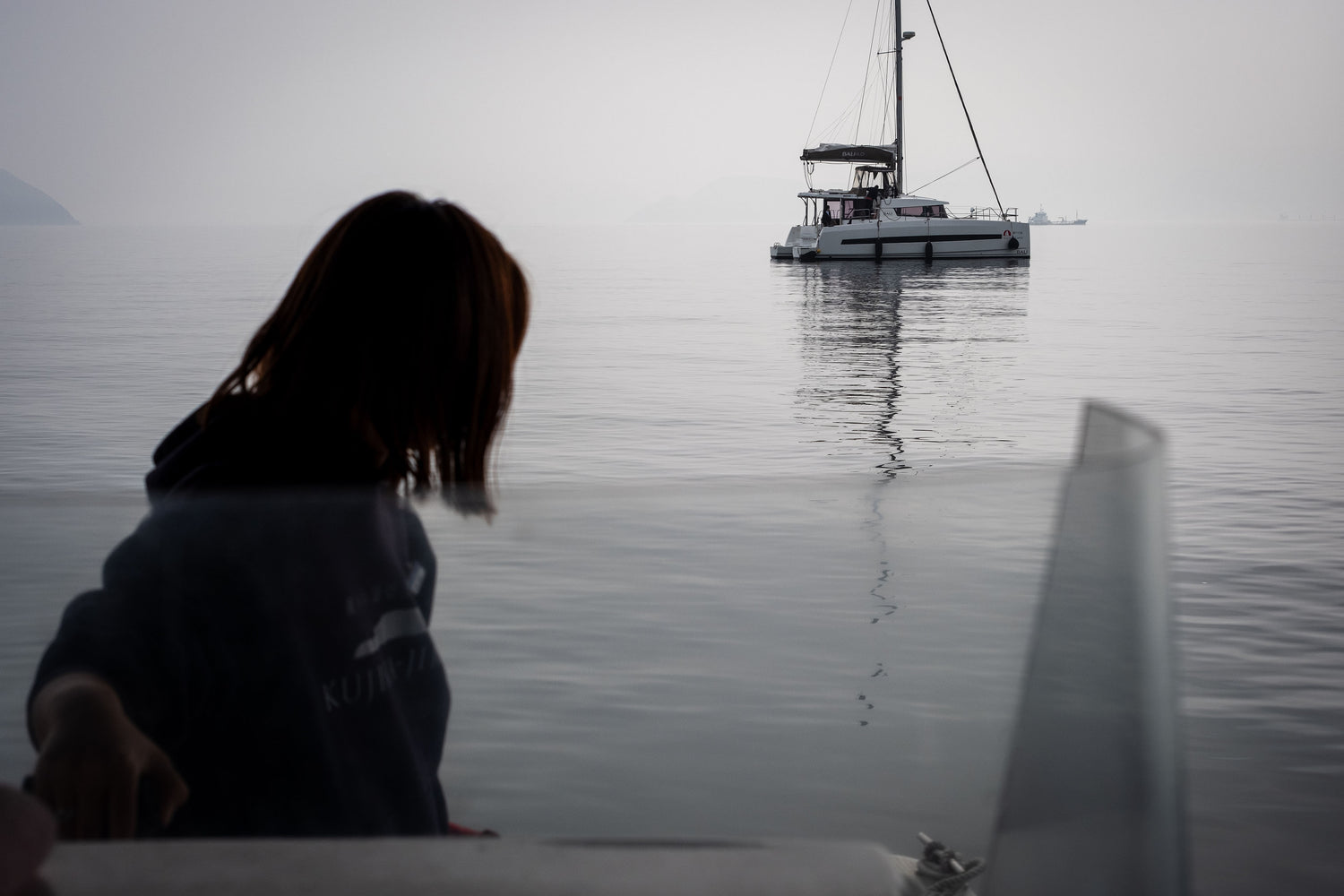
A Canvas of Islands and the Sea
The Seto Inland Sea stretches from the narrow straight of water separating Honshū and Kyūshū to the west, all the way to the forested hills and mountains of the Kii Peninsula in the East where the raging currents of the Pacific begin to mingle with the gentle flow of the Seto Inland Sea’s brilliant blue waves.
The Seto Inland Sea imparts an almost Mediterranean feeling to the region separating Northern Shikoku from the mainland. And from this mild climate grew a rich culture of stone-working, soy-sauce and salt production, fishing and later on the widespread cultivation of citrus fruits and olives in addition to the emergence of an avant-garde art scene.
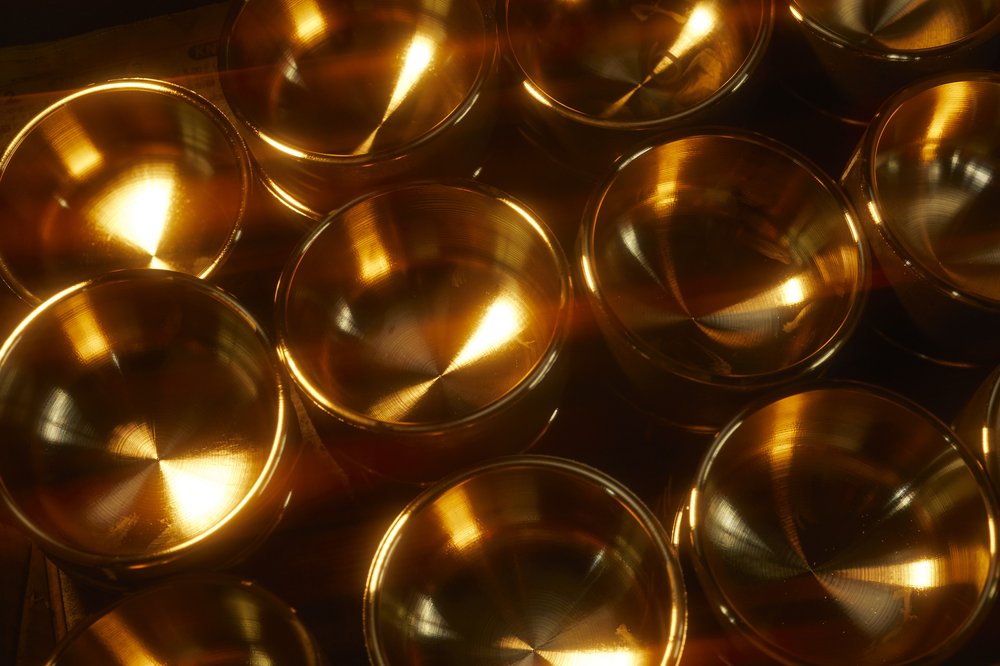
Sahari Orin—Nanjō Kōbō Foundry: Forging the Sounds of Awakening
When visiting Kyōto, it is almost impossible to escape the ringing harmony of Japanese spirituality echoing from any number of temples and shrines. And, since the final days of Medieval Japan, the Nanjō Kōbō Foundry has taken part in the creation of traditional musical instruments intended for use in Shintō and Buddhist rites, rituals, and celebrations.
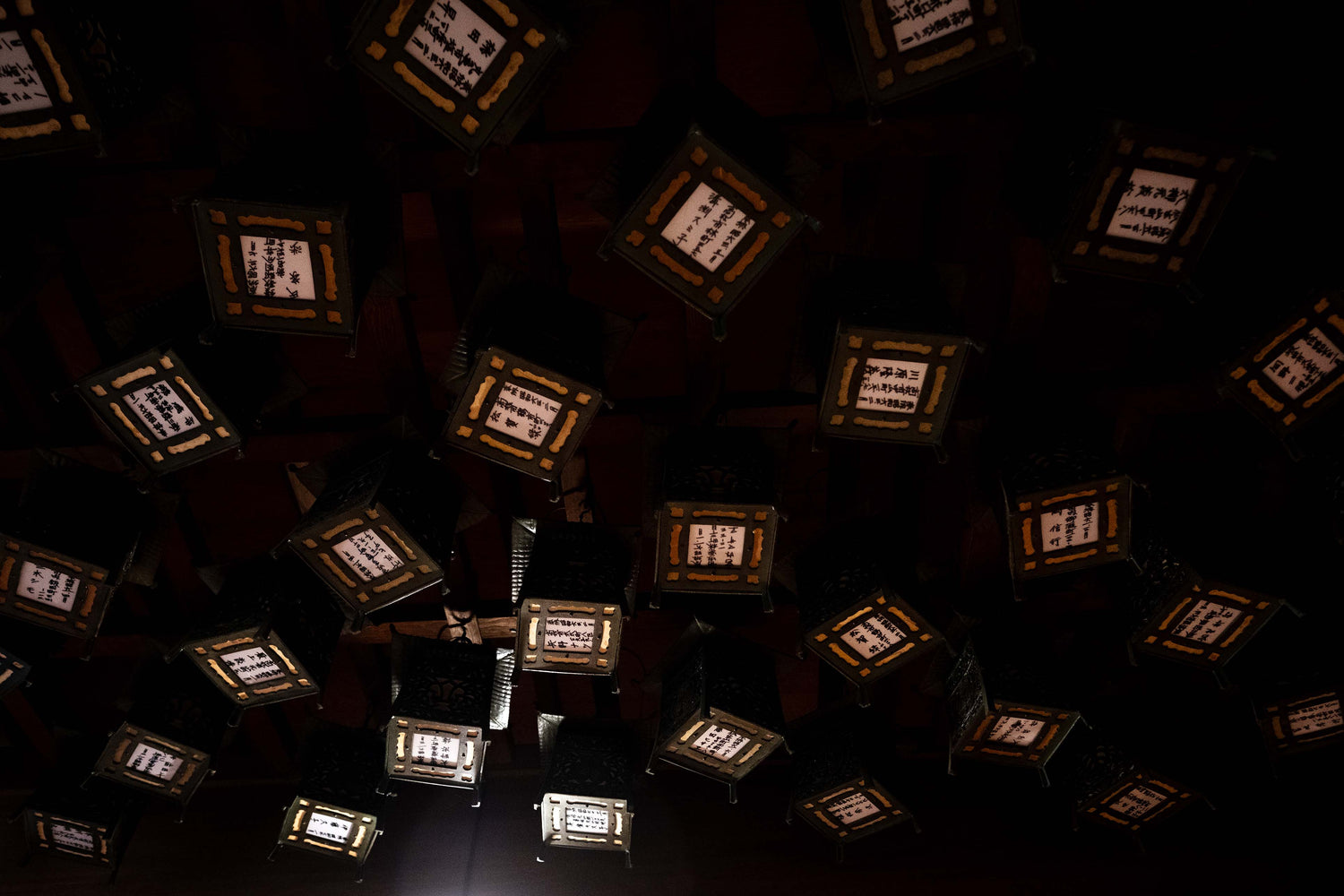
Hōnenji: Temple of Living Buddha Mountain
The town of Busshōzan seems to rise from the surrounding fields in an almost casual kind of way and the meandering Shōwa Era streets and alleys stand in some sort of juxtaposition to the concrete-framed corporate culture of Takamatsu City to the north. Literally meaning, “Living Buddha Mountain” the town might be forgotten were it not for the popular Busshōzan Onsen which opened only as recently as 2005.
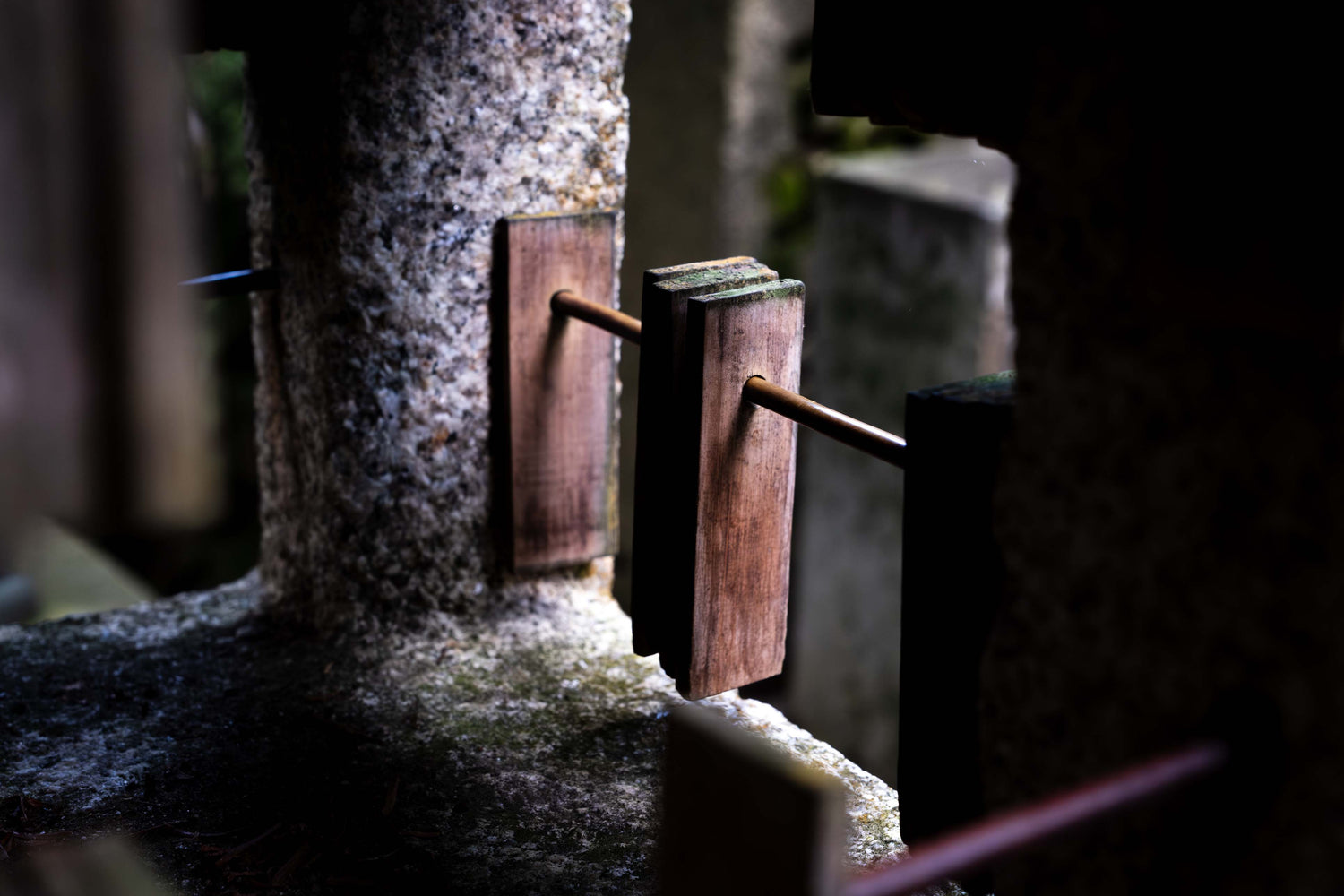
Konpira Shrine: Divinity and Diversion
The 88-Temple Shikoku Pilgrimage is well-known across Japan as well as abroad and remains one of the island’s biggest draws. And while this pilgrimage is “the” pilgrimage trail for many, there are a myriad of other associated pilgrimages which thread across Shikoku and continue the work of weaving the people, temples, and scenery of each of the four prefectures of this place we call Shikoku into a rich mandala of culture and tradition.
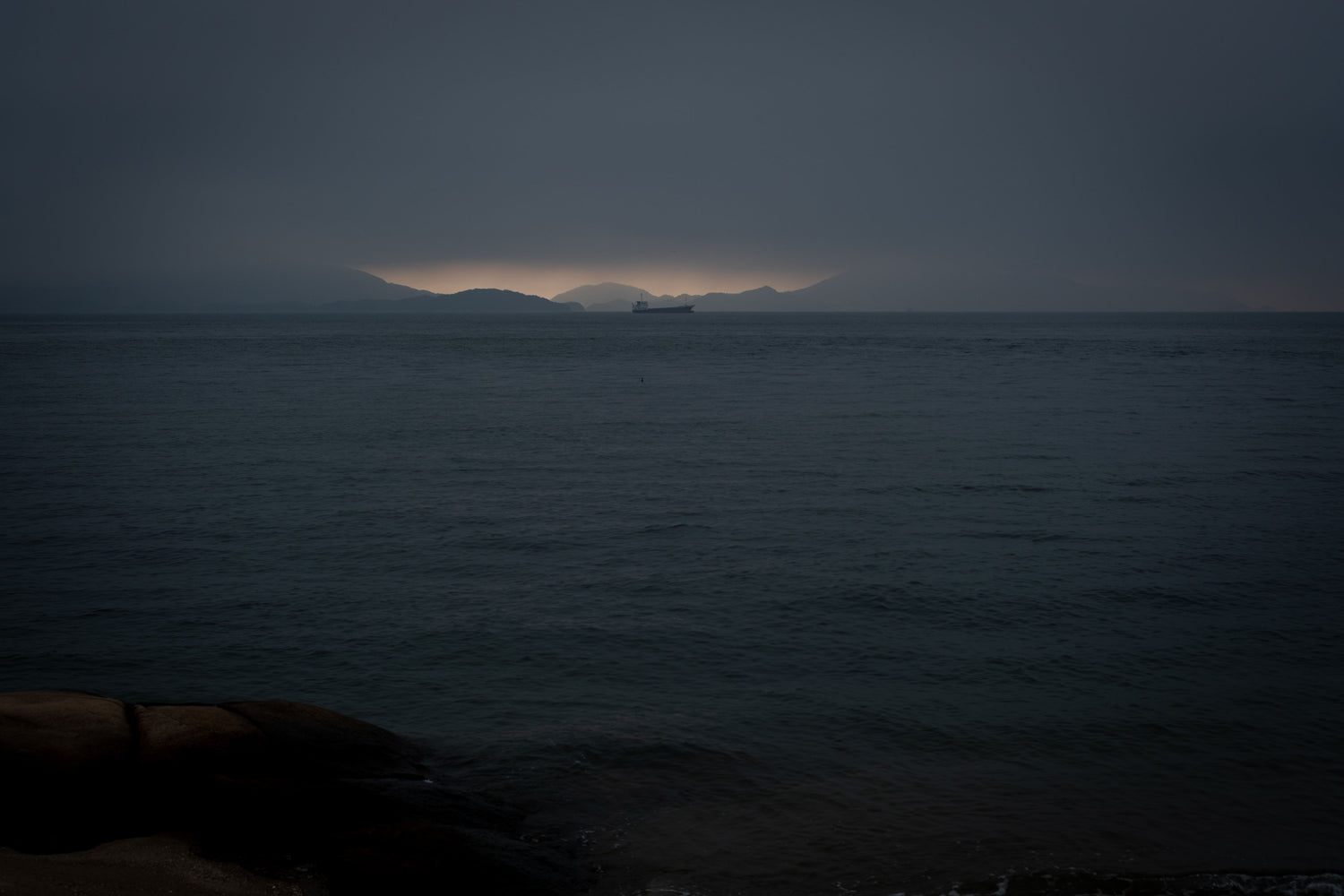
Copper, Art, and Stone: Inujima
These islands include the famous ones known by many such as Naoshima with its iconic red and yellow pumpkins or Teshima and its stunning art museum. And it is true that these islands allow visitors entry to an entirely different universe where the lines between nature, art, and culture begin to blur and the mundanity of everyday life seems to vanish like mist in the sun. But this sensation becomes all the more tangible when discovering the smaller locales hiding in-between the popularity of more widely-known sanctuaries of artistic endeavor. And one example is the small yet entrancing island of Inujima.
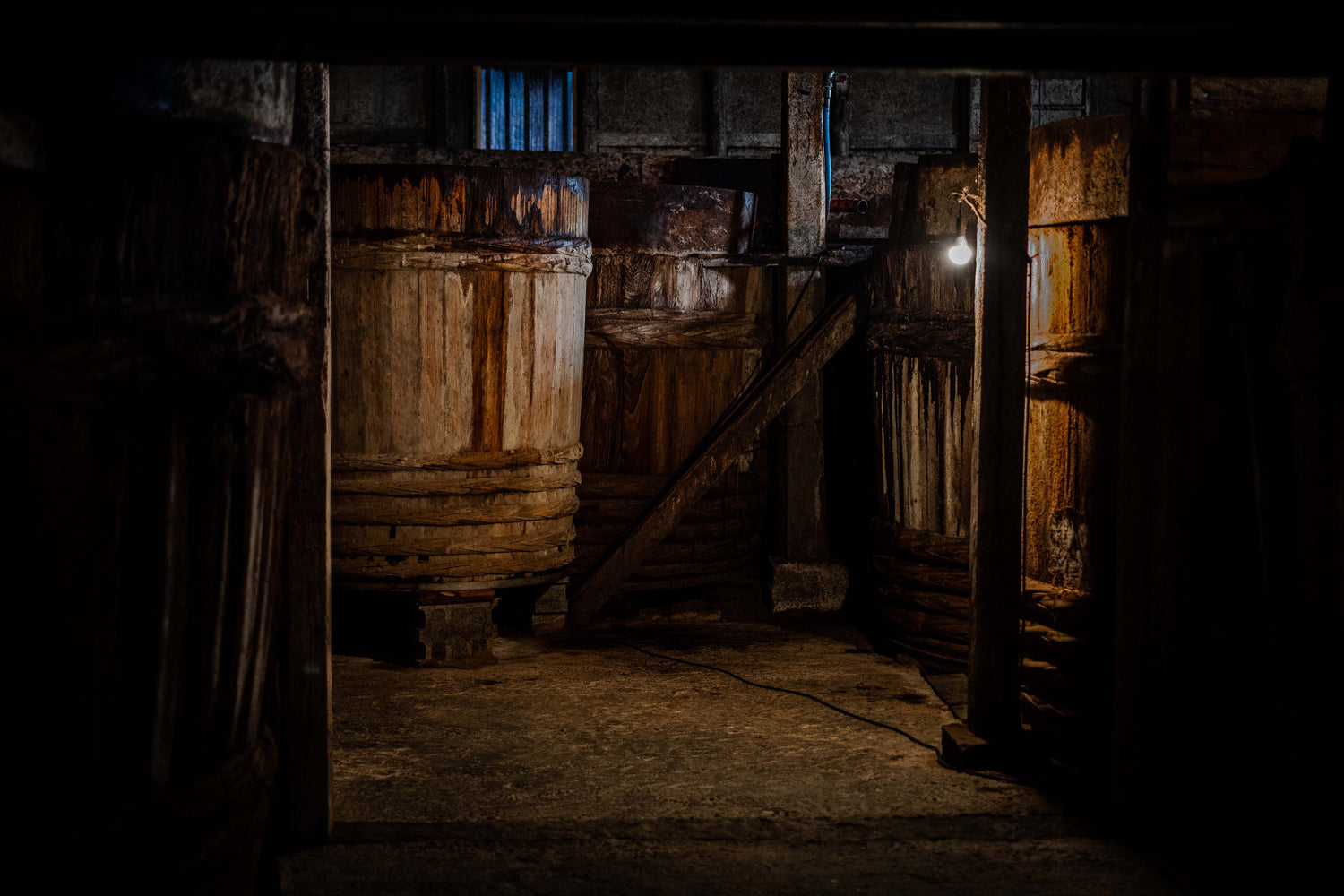
Yamaroku: Preserving the Flavors of the Past
Torii gates, sushi, manga, and Mount Fuji are just some of the many things that immediately shout “Japan!” at anyone who will listen. And yet another one of these intensely Japanese signals, though perhaps more subtle, is the humble bottle of soy-sauce. And while shared across the culinary landscape of East Asian, it is perhaps right here in this place we call Shikoku that the finest examples of the condiment can be found.
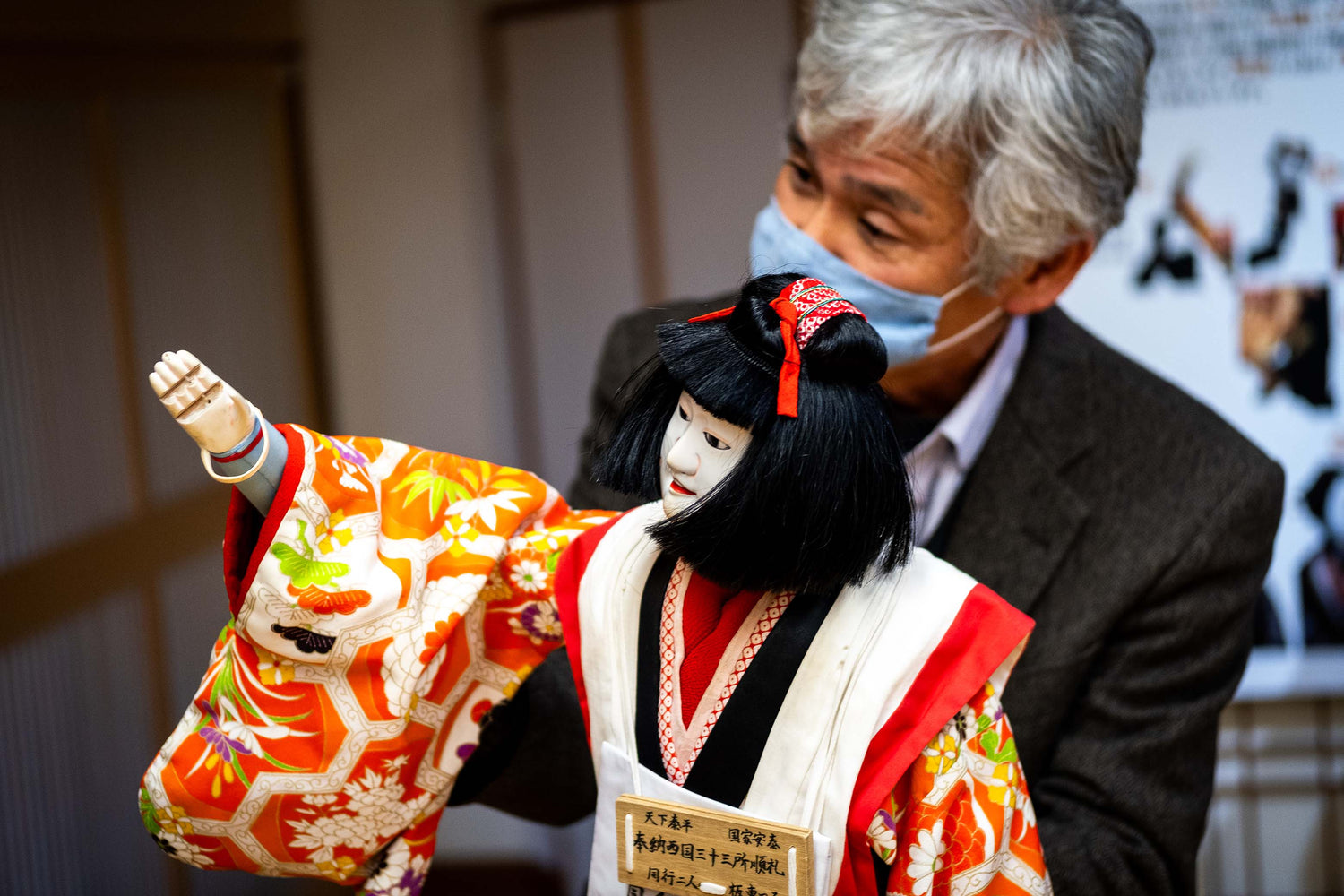
Ningyō-Jōruri: A Performance Preserved
Amid one of the many quiet suburbs surrounding Tokushima City proper and nearby the deep green waters of the Miyajimaekogawa River, is the Awa Jurobe Manor; a renovated traditional style mansion complete with picturesque courtyard garden, quaint tea house, and towering pines. Of course, it serves as a nice example of traditional Japanese architecture but such structures are common in Japan which begs the question, “what makes this manor any different?
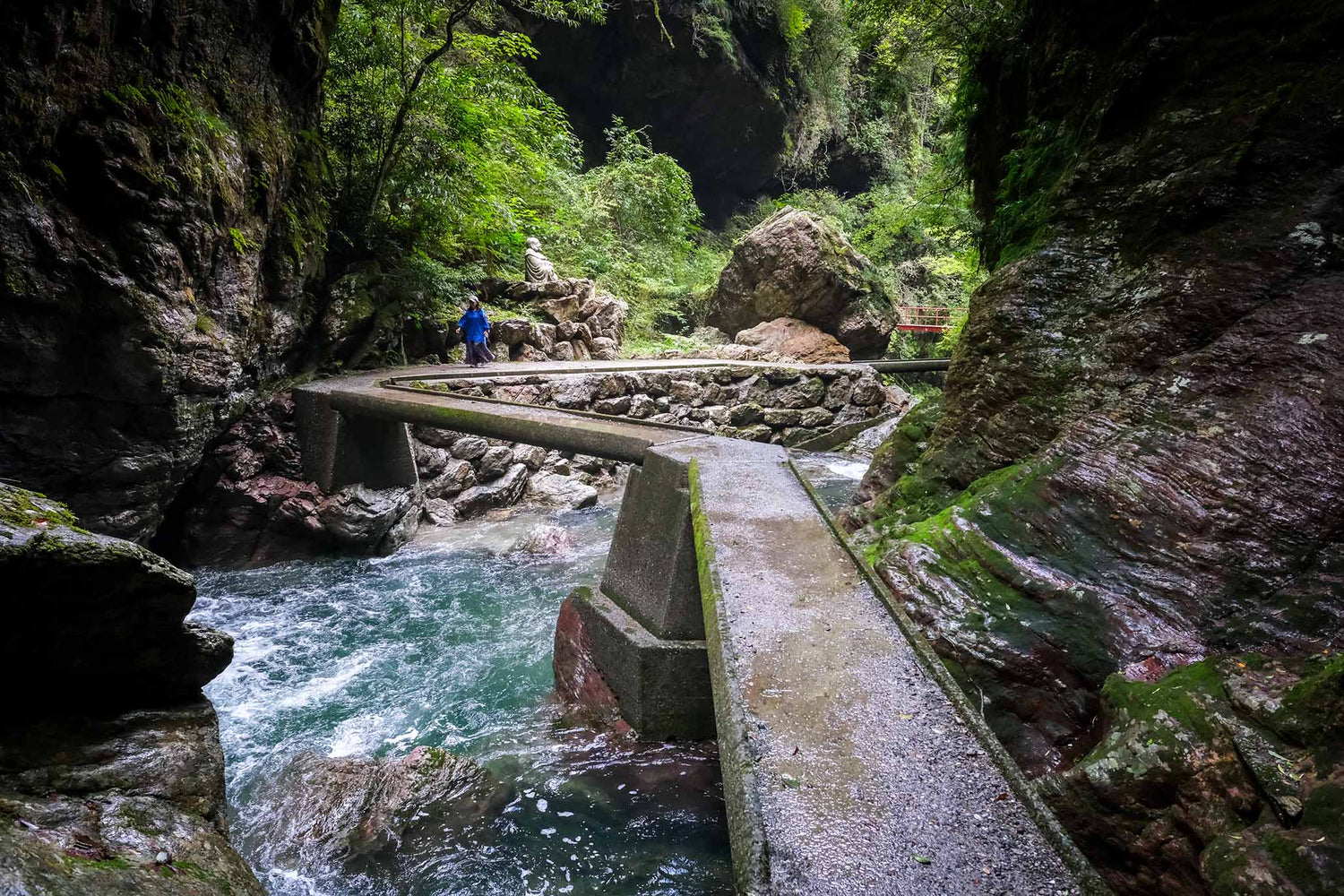
Nakatsu Gorge: The Water in the Mountains
Ringed by the calm waters of the Seto Inland Sea to the north and swept by the vast expanses of the Pacific Ocean to the south, Shikoku is truly a study in contrasts and if any one of the four prefectures of the island exhibit the full extent of this it is surely Kōchi, the sprawling southern prefecture of Shikoku.
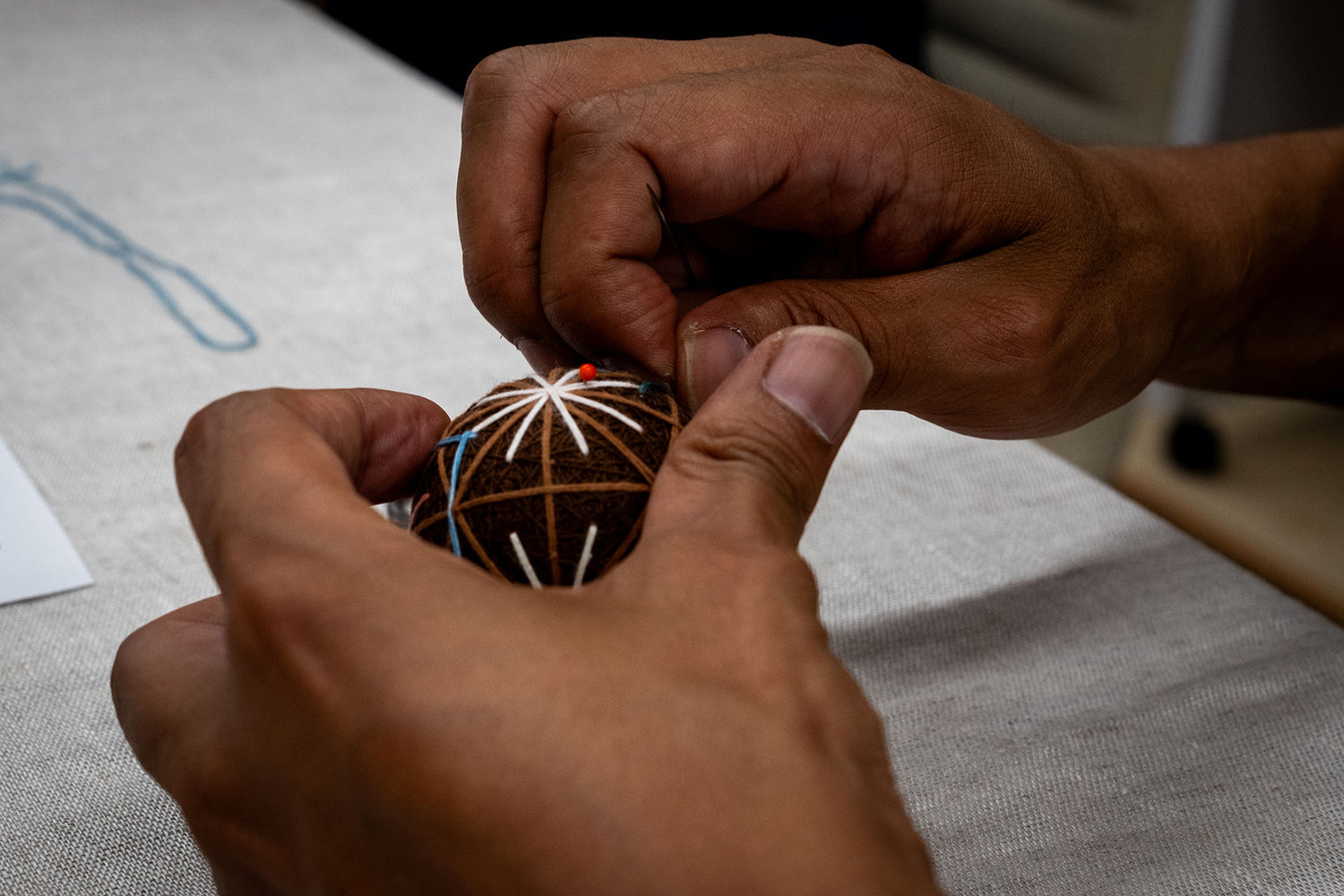
Sanuki Temari: Threads of Elegance
The green islands rising from the richly blue expanses of the Seto Inland Sea are well-known as bastions of artistic expression across the region, and this is a reputation well-deserved. After all, it is right here where travelers are able to encounter some of the most powerfully transformative and moving examples of contemporary art in Japan and arguably in the world...

